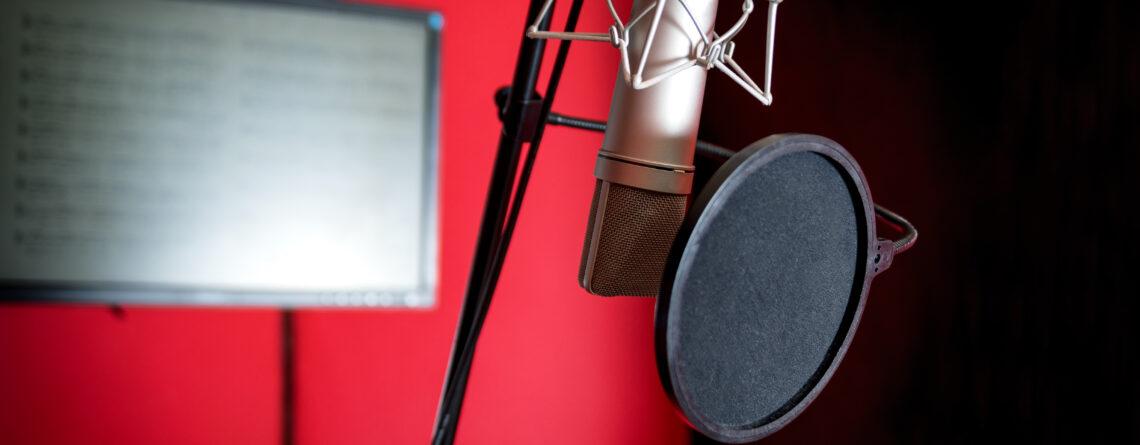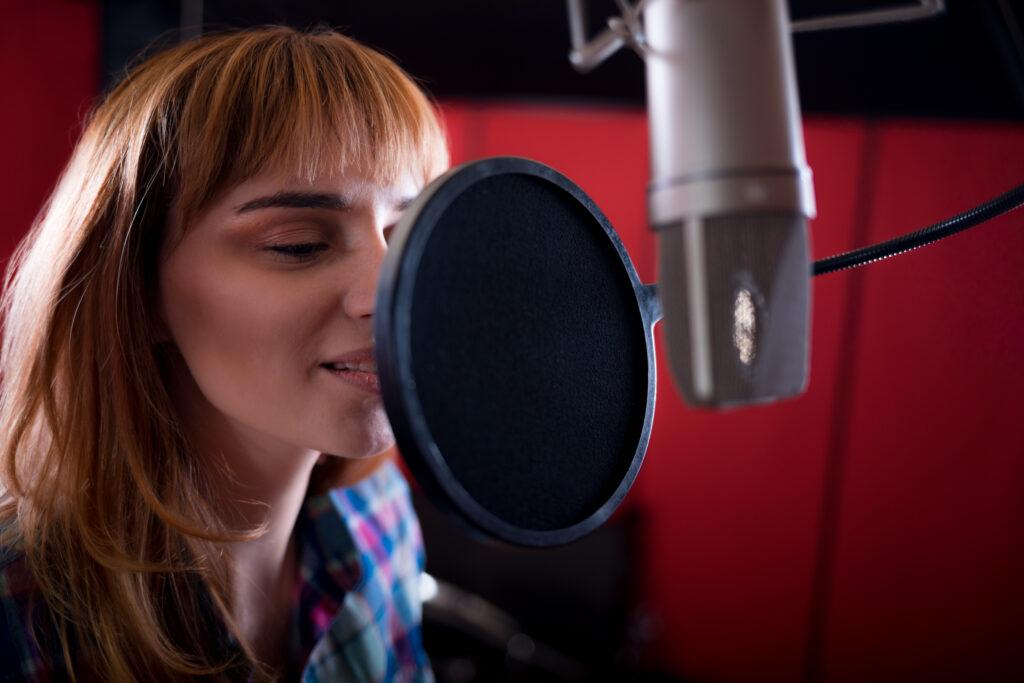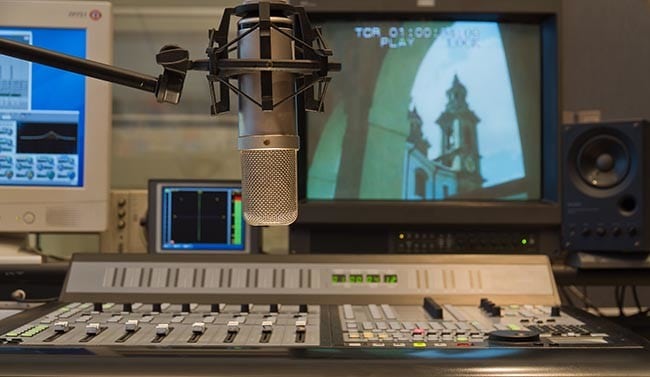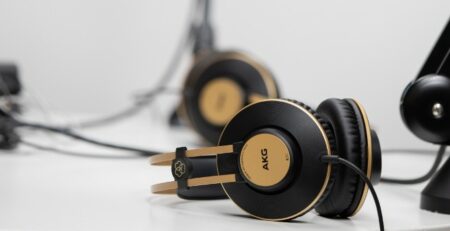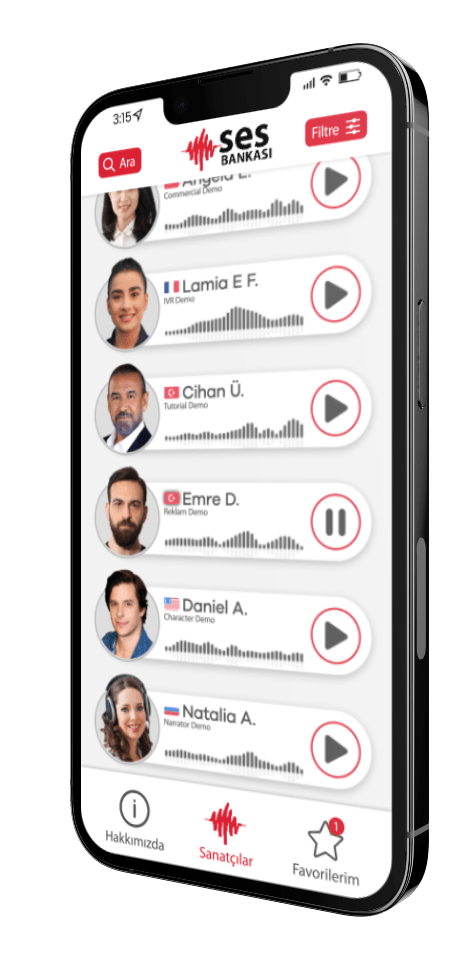Microphone Usage: How Can I Use the Microphone for Best Voiceover Performance
Voice actors need to have various equipment to record professionally and transmit the sound in the clearest way to the other party. Microphones are among the equipment that directly affect the work of voice actors. Factors such as the quality of the artist's voice, the correct use of the voice and the tone of voice are integral parts of the voice-over works.
Microphone use when it comes to distance, position and the voice of the voice actor are equally important. If the microphone position is not adjusted correctly during recording, the clarity, quality and naturalness of the sound will be adversely affected. In addition, if you do not choose a suitable equipment, the resulting work will be limited to the quality of the microphone.
Therefore, for a good voiceover, the voice actor must have the right equipment and microphone distance.It is extremely important to set the best. So, which microphone is the best for voice actors? In this article, we will cover the selection of microphone and the details that should be considered during voice recording.
Microphone for Good Voiceover Usage: Which Microphone Should We Prefer?
The most important element in communication after body language is tone of voice. The tools that allow the listener to reach the sound in the best way are undoubtedly microphones. In professional recordings, microphone selection is as important as the quality of the sound. It is one of the indispensable accessories of sound recording studios when choosing a microphone for a good voiceover. to pop filters also need to be careful.
Pop filters filter the sound explosions that occur while recording with the microphone, allowing the sound to reach the other side in the clearest form (see our content on this subject). What is Pop Filter You can find the content). Pop filters that soften bursts of sound are standard on microphones above a certain quality. Since some microphones have a pop filter separately, it is useful to make a choice by examining the product features.
So, which microphone should be preferred for a good voiceover?
Turn to Cardioid Microphones That Offer a Versatile Experience
To capture a clean and clear sound in voiceovers, microphone type and microphone distance It is important. In addition, although you prefer a quality microphone, you may not get the performance you expect because you are not at the right distance. For a good voiceover and dubbing work, it is necessary to focus on the product features when choosing a microphone. It is very important that the microphone used to produce successful works offers the advantages of a wide frequency range, wide frequency response, clean and natural sound. Thanks to the models that meet these features, you can get a smooth sound recording without broadcasting your breathing even during very close conversations. cardioid microphone type offers mechanical distortion control in professional voiceovers, ensuring the best protection of the sound source (To our content on this subject cardioid microphone You can find the content).
Composed of high quality materials, the Shure SM58 product model is one of the best cardioid microphone options. Thanks to the cardioid microphone, you can combine your voice-overs with quality and natural sound recording. You can effectively use the Shure SM58 microphone model, which is described as an industry standard, in studio performances. During registration It is worth noting that when you adjust the microphone angle correctly, the efficiency you will get from the product will increase.
Make Sure the Microphone Offers Crystal Clear Sound Quality
microphone position and microphone features are very important for capturing a crystal clear sound recording. The position of the voice actor in front of the microphone should be as close as possible. When the artist is close to the microphone, the sound is fuller and manages to draw the listener into the project. For this reason, it is an important criterion that the microphone to be used in professional dubbing and dubbing works can reflect clear, smooth and natural tones.
With a high level of professionalism, the Neuman TLM 103 product model offers the ideal features for a crystal clear sound quality. This model, which stands out with its large diaphragm feature, allows voice actors to record at a high level. Sound pressure level transmission is at the highest level as the microphone's own noise level is extremely low, thus reducing all sound and signals coming from behind, allowing you to make crystal clear recordings.
Condenser Microphones to Capture the Sound Source in Original Tone
When recording sound, microphone choice is of great importance in order to obtain a performance close to the original sound. When choosing between microphones that offer different advantages, it is necessary to determine the purpose of use. If you want to capture the original tone without adding too much color to the sound, you can choose condenser microphones. With condenser microphones The result obtained in the recordings made is very close to the original timbre and tone of the sound source. At this point, it should be remembered that the microphone selection will vary according to the recorded sound and tone preferences in voice-over studies. (To our content on this subject condenser microphone You can find the content).
For a high quality studio recording microphone, the Behringer C-1U product model has the ideal features. You can use this professional and large-diaphragm microphone model effectively in voice-overs. It is worth remembering that when working with large diaphragm condenser microphones, which have a fuller tone, it is necessary to be close to the sound source. Details may disappear as this microphone type moves further away from the sound source.
Points to Consider During a Good Sound Recording
It may not be enough to provide the equipment support needed to achieve a good sound recording. At this stage the voice actor It also needs to take into account many factors such as microphone distance, microphone position and volume level. So, what points should voice actors pay attention to for a good sound recording? Here is the answer…
- Location of Microphone: There are many methods that can be applied to prevent sound explosions in professional voiceover works. Besides the known methods, the position of the microphone directly affects the sound quality. It is extremely important that the microphone is in the right position, which directly affects the quality and clarity of the sound. During sound recording, the microphone is located close to the mouth. Since the purpose of this distance is to prevent sound explosions, it should be positioned to speak directly into the microphone.
- Noise Prevention: Noise suppression is one of the main criteria for obtaining a good sound recording. A suitable microphone can be selected to suppress the background noise during recording. In addition, acoustic panels can be supported to prevent the sounds of the artist such as breathing, saliva and swallowing.
- Quality of Microphone: For a quality sound recording, choosing a good microphone affects the process significantly. The clarity, quality and saturation of the sound is adversely affected when a low quality microphone is used. For this reason, by using a quality microphone, you can ensure that the sound reaches the other side in its clearest form.
- Speech Rate and Tone: Speech rate and tone are among the main factors that affect the quality of the audio recording. Especially when the speech rate is high, the intelligibility of the audio recording is adversely affected. Speaking tone is one of the criteria to be considered in order to attract the attention of the audience. The voice actor must speak slowly and clearly to accommodate both factors.
- Volume: To improve the quality of a professional sound recording, the correct volume setting is very important. The volume must therefore be set correctly so that the recording is not too high or too low.
- Adjusting the Breath: The breathing of the voice actor during the sound recording directly affects the quality of the work. In order not to spoil the clean recordings, the voice and dubbing must be timing the breathing in the best way. If you are not yet at a professional level, you can get help from breathing exercises.
- Post-production Operations: After the audio recording is completed, the quality of the existing recording can be increased by post-production processes. For this arrangement, settings such as EQ settings, sound cleaning and sound compression can come into play. Post-production processes that affect the quality of the sound can also be preferred to correct mistakes made during recording.
As BiberSA Production, we use the state-of-the-art infrastructure and perform all voice-over projects with Turkey's best voice-over artists under the direction of the voice-over director. Contact us for your voice-over and dubbing projects, and benefit from special offers for your project thanks to our best pricing policy!

